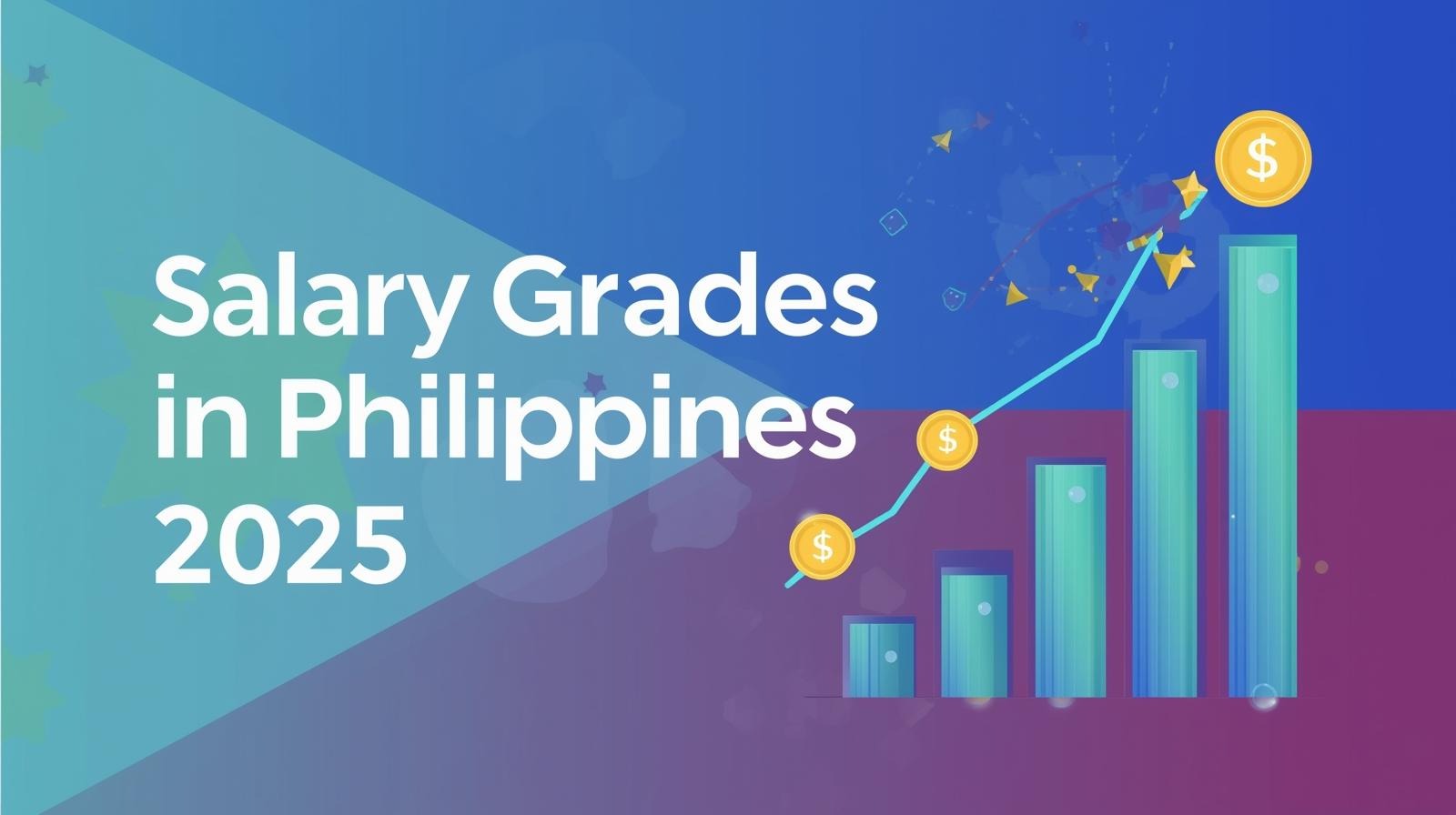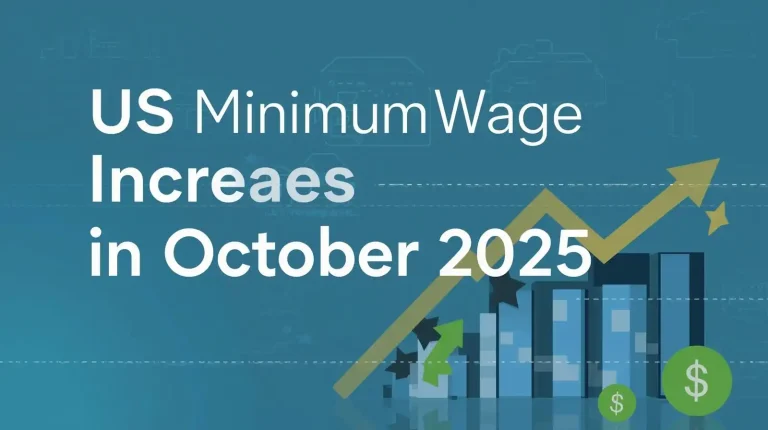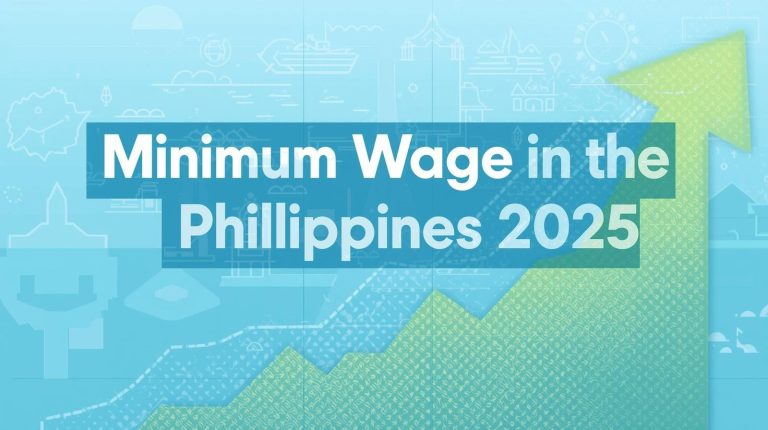Salary Grades in the Philippines 2025

Understanding how salary grades work in the Philippines is crucial for government workers, HR managers, job seekers, and anyone interested in wage policy. The system organizes thousands of roles—from entry-level laborers to top officials—into a structured table, linking pay and responsibility. In 2025, government reforms, minimum wage bumps, and ongoing policy debates all shape pay packets across skill levels.
What Is a Salary Grade?
A salary grade (SG) is a government-assigned classification that sets monthly compensation based on a job’s duties, difficulty, and seniority. There are 33 levels for government positions—SG 1 is the lowest, SG 33 the highest. Each SG has step increments recognizing years served and performance.
| Salary Grade | Minimum Monthly Salary (PHP) | Example Roles |
|---|---|---|
| 1 | 14,061 | Utility Worker, Messenger |
| 11 | 30,024 | Accountant I, Teacher I |
| 18 | 51,304 | Principal, Attorney III |
| 24 | 98,185 | Director IV |
| 29 | 180,492 | Undersecretary |
| 33 | 438,844 | President |
Source: Philippine Salary Grade Table 2025
Government salaries increase with job complexity, educational attainment, and responsibility.

For instance, a cleaner earns SG 1, while the President earns SG 33. Each grade has 8 “steps” indicating pay raises for tenure and excellent performance within a role.
Also Read: Minimum Wage in the Philippines 2025
Salary Grade Table (2025)
Here’s an overview of the SG structure for civil service employees in 2025:
| SG | Minimum Monthly Salary (PHP) |
|---|---|
| 1 | 14,061 |
| 5 | 17,866 |
| 10 | 25,586 |
| 15 | 40,208 |
| 20 | 62,967 |
| 25 | 111,727 |
| 30 | 203,200 |
| 33 | 438,844 |
The salary standardization law mandates annual adjustments, with increases usually across all steps and grades over a period of four tranches. This keeps government compensation competitive and aligned with inflation and economic trends.
Salary Grade Steps
Every SG contains multiple steps—the more years of service and demonstrated performance, the higher the step:
| SG | Step 1 | Step 8 |
|---|---|---|
| 1 | 14,061 | 14,862 |
| 11 | 30,024 | 32,099 |
| 24 | 98,185 | 109,431 |
| 33 | 438,844 | 451,713 |
Workers typically move one step up for every three years of satisfactory service, leading to steady earnings growth throughout their careers.
Coverage and Exclusions
Who Is Covered?
Who Is NOT Covered?
Minimum Wages for Low-Skill Jobs
Most entry-level work (cleaners, messengers, maintenance, security guards) in both public and private sectors is compensated at the lower SGs or, in the private sector, at regional minimum wages.
2025 Minimum Wage by Region
| Region | Daily Minimum Wage (PHP) |
|---|---|
| National Capital Region (Metro Manila) | 658 – 695 |
| Cordillera Administrative Region | 470 |
| Ilocos Region (Region I) | 435 – 468 |
| Central Luzon (Region III) | 435 – 550 |
| Western Visayas (Region VI) | 480 – 513 |
| Bangsamoro Autonomous Region (BARMM) | 316 – 361 |
Source: National Wages and Productivity Commission, 2025
Despite increases in minimum wage, the “living wage”—what’s needed to afford food, rent, utilities, healthcare, and schooling—is much higher. In Metro Manila, the living wage is about ₱1,221 per day, while the minimum wage sits at around ₱695. This means a shortfall of over ₱526 daily, highlighting persistent challenges for low-skilled workers.
Realities for Low-Skill Workers
Four Tranches of Salary Standardization
The government updates salaries in phased tranches to avoid budget shocks. By 2025, the second tranche has been implemented, with further increases scheduled for 2026 and 2027.
| Tranche | Effective Date | Salary Adjustment Scope |
|---|---|---|
| First | Jan 1, 2024 | Baseline for new grades/steps |
| Second | Jan 1, 2025 | Across-the-board increase, all steps |
| Third | Jan 1, 2026 | Incremental rise, targeted grades |
| Fourth | Jan 1, 2027 | Final increments, full compliance |
Source: Salary Grade Table 2025
Government Loan Programs for Low Salary Grades
Low-skill workers and those in the lower salary grades often struggle with cost-of-living pressures. They may turn to government loan programs for support:
Interest rates range from 6% to 12% per year, with eligibility tied to years of service and regular contributions.
Wage Gaps and Policy Challenges
| Key Challenge | Description |
|---|---|
| Minimum wage gap | Living wage far exceeds minimum wage, even post-increase |
| Regional disparity | Wages vary widely by province and urban/rural area |
| Skills premium | Higher wage growth for skilled/educated workers |
| Upward mobility | Limited for low-skilled jobs unless retraining is offered |
The government continues to review proposals for higher minimum wages to close the gap, including a possible ₱200 nationwide wage hike for private sector workers. This is still under debate and not yet enacted.
Conclusion
Salary grades in the Philippines provide transparency and structure for government pay, encouraging career progression and equitable rewards for responsibility and skill. Yet, for millions of low-skilled workers on minimum wage, daily income remains below what’s needed for a decent life. As wage boards review policies, the challenge is balancing fair pay, competitive compensation, and sustainable public budgets. For low-skill labor, investment in skills training, upskilling, and social protections remain vital for improving livelihoods and building a more resilient workforce.



